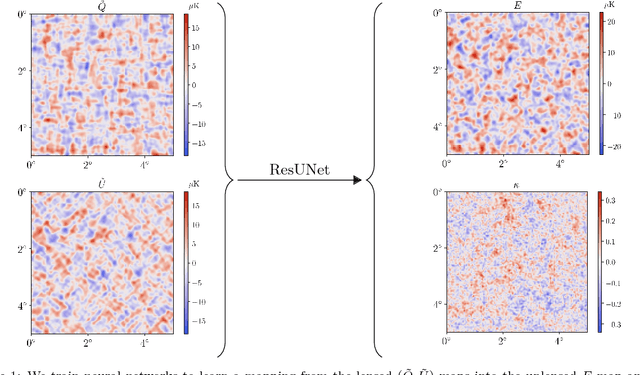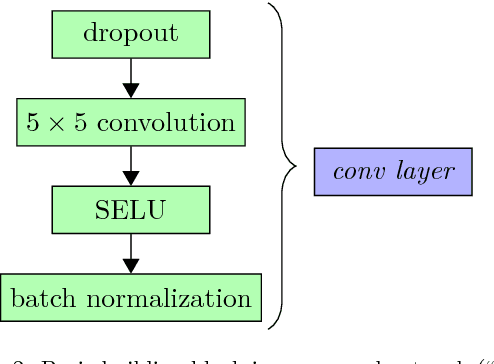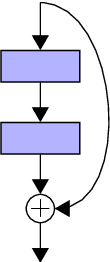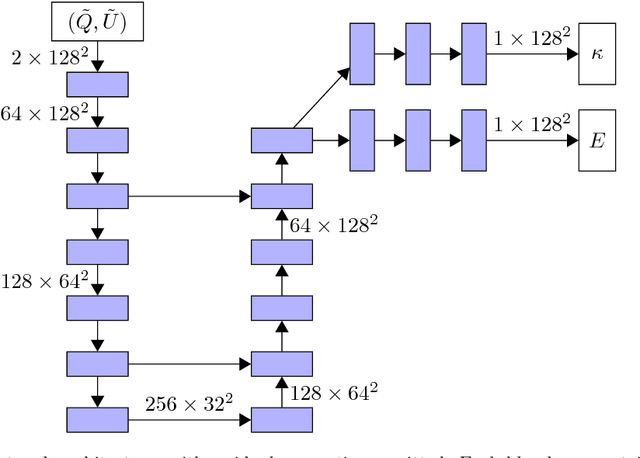J. Caldeira
Response to NITRD, NCO, NSF Request for Information on "Update to the 2016 National Artificial Intelligence Research and Development Strategic Plan"
Nov 05, 2019Abstract:We present a response to the 2018 Request for Information (RFI) from the NITRD, NCO, NSF regarding the "Update to the 2016 National Artificial Intelligence Research and Development Strategic Plan." Through this document, we provide a response to the question of whether and how the National Artificial Intelligence Research and Development Strategic Plan (NAIRDSP) should be updated from the perspective of Fermilab, America's premier national laboratory for High Energy Physics (HEP). We believe the NAIRDSP should be extended in light of the rapid pace of development and innovation in the field of Artificial Intelligence (AI) since 2016, and present our recommendations below. AI has profoundly impacted many areas of human life, promising to dramatically reshape society --- e.g., economy, education, science --- in the coming years. We are still early in this process. It is critical to invest now in this technology to ensure it is safe and deployed ethically. Science and society both have a strong need for accuracy, efficiency, transparency, and accountability in algorithms, making investments in scientific AI particularly valuable. Thus far the US has been a leader in AI technologies, and we believe as a national Laboratory it is crucial to help maintain and extend this leadership. Moreover, investments in AI will be important for maintaining US leadership in the physical sciences.
DeepCMB: Lensing Reconstruction of the Cosmic Microwave Background with Deep Neural Networks
Oct 02, 2018



Abstract:Next-generation cosmic microwave background (CMB) experiments will have lower noise and therefore increased sensitivity, enabling improved constraints on fundamental physics parameters such as the sum of neutrino masses and the tensor-to-scalar ratio r. Achieving competitive constraints on these parameters requires high signal-to-noise extraction of the projected gravitational potential from the CMB maps. Standard methods for reconstructing the lensing potential employ the quadratic estimator (QE). However, the QE performs suboptimally at the low noise levels expected in upcoming experiments. Other methods, like maximum likelihood estimators (MLE), are under active development. In this work, we demonstrate reconstruction of the CMB lensing potential with deep convolutional neural networks (CNN) - ie, a ResUNet. The network is trained and tested on simulated data, and otherwise has no physical parametrization related to the physical processes of the CMB and gravitational lensing. We show that, over a wide range of angular scales, ResUNets recover the input gravitational potential with a higher signal-to-noise ratio than the QE method, reaching levels comparable to analytic approximations of MLE methods. We demonstrate that the network outputs quantifiably different lensing maps when given input CMB maps generated with different cosmologies. We also show we can use the reconstructed lensing map for cosmological parameter estimation. This application of CNN provides a few innovations at the intersection of cosmology and machine learning. First, while training and regressing on images, we predict a continuous-variable field rather than discrete classes. Second, we are able to establish uncertainty measures for the network output that are analogous to standard methods. We expect this approach to excel in capturing hard-to-model non-Gaussian astrophysical foreground and noise contributions.
 Add to Chrome
Add to Chrome Add to Firefox
Add to Firefox Add to Edge
Add to Edge